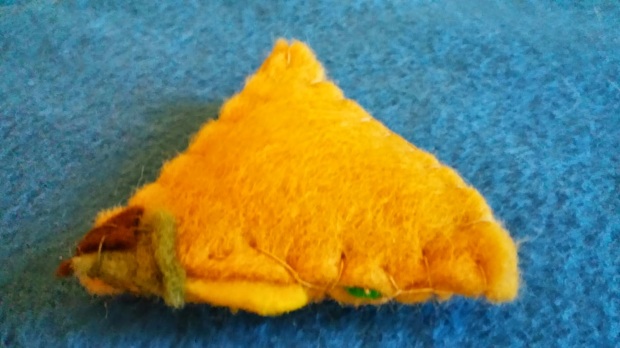I was born and raised in the Midwest, but I learned Hindi as a child, by watching three Bollywood films a week. In elementary school, when I visited India, I would come home with armloads of posters, ensuring no inch of wall was visible in my room. No, seriously. All of these posters were on my bedroom walls, as were several more posters that aren’t pictured here:


And many more tapes than these were scattered all over my room:

By middle school, I was so thoroughly obsessed with Hindi cinema, I dreamed of one day getting to work as a Bollywood screenwriter.
It was a little crazy but not too far-fetched, it turned out, as I found out in 7th grade, when my dad told me of his stint working as a Hindi film screenwriter. I couldn’t believe I hadn’t known about this earlier. But my dad’s experience in Bollywood was not a positive one. He had seen writers treated poorly. He had even witnessed a lyricist being hit when the director was unhappy with what he had written. And he, himself, was cheated out of his writing credit. The Hindi film industry did not always treat writers well, he warned me.
But I was undeterred, positive I would one day work in Bollywood. It wasn’t until I wrote a really bad screenplay in high school that I realized writing a movie wasn’t as easy as enjoying one. So I put the dream aside for a few years until my sophomore year of college, when I decided to double major in Psychology…and Film. I ended up taking several screenwriting classes, and after graduating, started working as a writer for Vidhu Vinod Chopra, the writer/director/producer of some of my favorite films.
It was a dream come true. Vinod Chopra knew the value of a writer and a good script, and treated me like family. Over the past fifteen years, I have had incredible opportunities while working for him, but some of my fondest memories are from working on two of his most critically acclaimed films, Eklavya: The Royal Guard, and Lage Raho Munna Bhai.
Eklavya is a Shakespearean film that examines fundamentalist thinking. At around 90 minutes long, it is incredibly short for a mainstream Hindi film and has just half a song in it, another rarity in song-and-dance heavy, escapist Bollywood.
Lage Raho Munna Bhai is a sequel to Rajkumar Hirani’s debut film, Munna Bhai M.B.B.S. In Lage Raho, the gangster with a heart of gold, Munna Bhai, is back. But this time he’s not alone. If you check out the clouds in the poster above, you’ll see that Gandhi somehow makes an appearance in the present-day film. Lage Raho went on to become one of the biggest blockbusters of all time. But perhaps more importantly, it enacted social change in India, when people started using the nonviolent methods portrayed in the film to fight corruption.
As an associate writer on these films, I learned so much from Vidhu Vinod Chopra, Abhijat Joshi and Rajkumar Hirani, and am so grateful for the opportunity to play a tiny role in the making of these movies.
If you get a chance, you can see these movies streaming, or at the library, or on Amazon. And if you want to see my credits, they’re at the end. I have an Associate Writer credit on Eklavya and a Writing Contributions credit on Lage Raho Munna Bhai.



